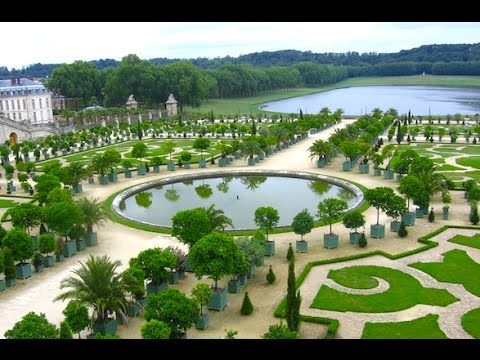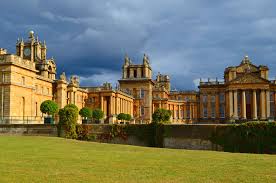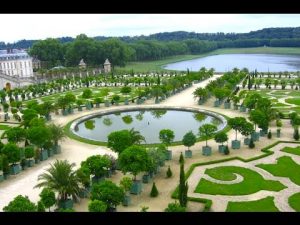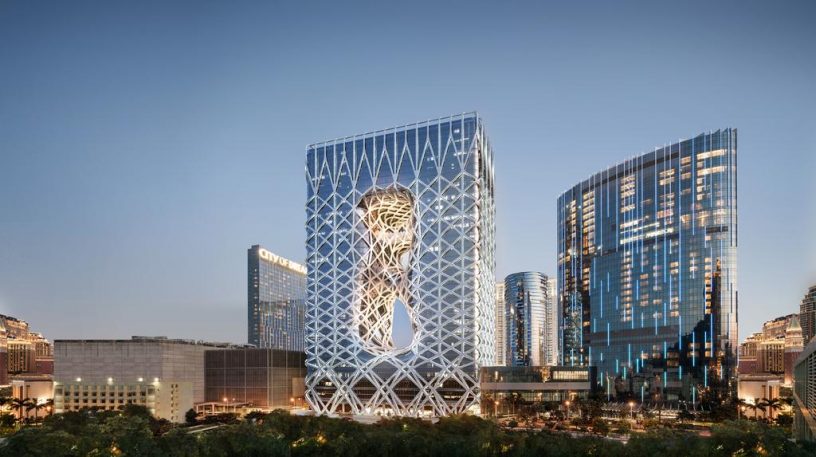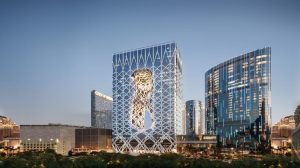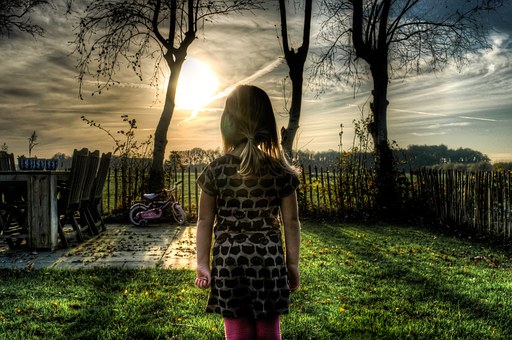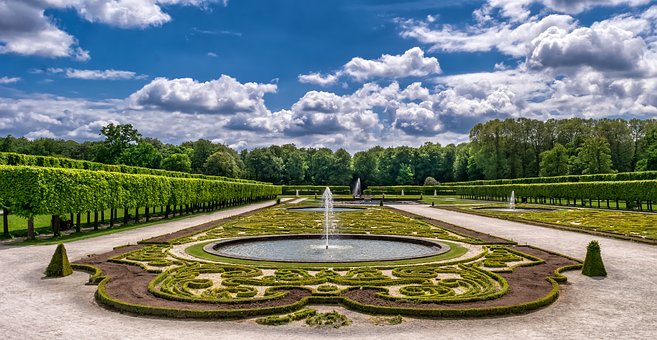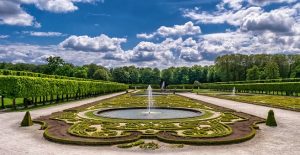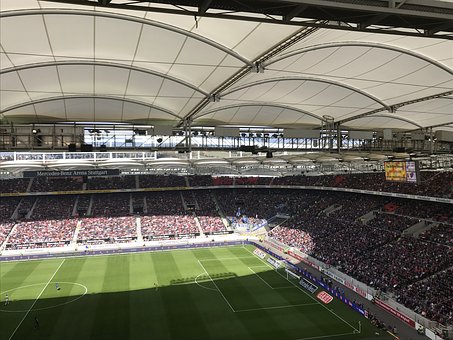7. Thomas Church (1902-1978)
American landscaper Thomas Church was well-known for developing the modern movement in landscape architecture by mixing innovative principles of modern style with these following four design principles:
- He considered the garden and the house as a whole and the garden is an extra living room.
- He focused on the function of the site and respecting its beauty.
- He connected the place with the surrounding space.
- He advocated a project’s simplicity for aesthetic reasons.
He designed many projects, among the best known may be the icon of modern style Donnell Gardens. Above all, Thomas Church is the father of a whole generation of American landscape architects that have made their mark on the American landscape.
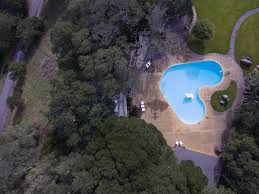
8. Pechère René (1908-2002)
Pechère René, a Belgian landscape architect, participated in the outdoor facilities design for the Universal Exhibition of 1958. He was internationally known by the gardens of the Congo and the Four Seasons that he made for this event. During his career, Pechère designed about 900 public and private gardens in Belgium, France, Germany, and the Netherlands.
His philosophy was to design the garden contributing to the joy of living. His designs also highlighted the importance of the knowledge of many froms of art like sculpture, drawing, history, etc. His work used plants and architectural elements, taking into account sunlight, shadows, and colors. Besides the Mont des Arts or Botany Park in Brussels, Pechère is also known to have collected countless books about garden art, which are now gathered at the René Pechère Library.
9. Roberto Burle Marx (1909-1994)
Brazil landscaper, artist, ecologist, naturalist, musician, and painter Burle Marx has been widely recognized for his parks and gardens. Before creating his first garden at a private residence, he studied the fine arts long. He also created a collection of plants which is kept in Guaratiba, presently owned by the state and considered a national monument. Some plants also bear his name, for example, Calathea “Burle Marx”.

